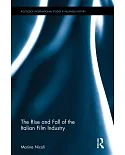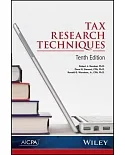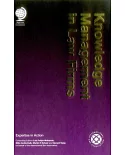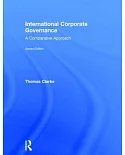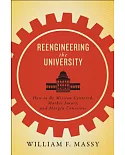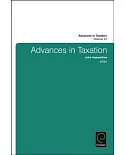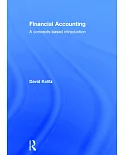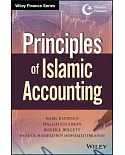Founded in 1083, Durham Cathedral Priory was heir to the seventh century community of St Cuthbert and a major and wealthy ecclesiastical institution throughout the remainder of the medieval
period until the dissolution of the monasteries under Henry VIII.
This detailed study analyses the use of accounting in the administration of the house and the exploitation of its extensive resources. Durham Cathedral Priory’s existence spanned almost 460
years between the late eleventh century and the dissolution of the monasteries in the reign of Henry VIII. A wealthy institution endowed with extensive estates, it experienced a number of
external shocks including the effects of war, plague and climate change.
This study utilizes the rich archives which survive at Durham Cathedral to examine the way in which accounting methods and systems were adopted and adapted to manage income and expenses,
assets and liabilities in changing economic environments. Accounting pervaded the activities of the house: the bursars accounted for thousands of pounds of annual income and expenses; other
officials accounted for individual loaves of bread from the hundreds of thousands produced and consumed annually. Accounting was necessary to defend the rights of St Cuthbert, Durham
Cathedral’s Priory’s patron saint, and to justify the manner in which the monks conducted the wide range of activities undertaken by a major Benedictine house in the later Middle Ages.


